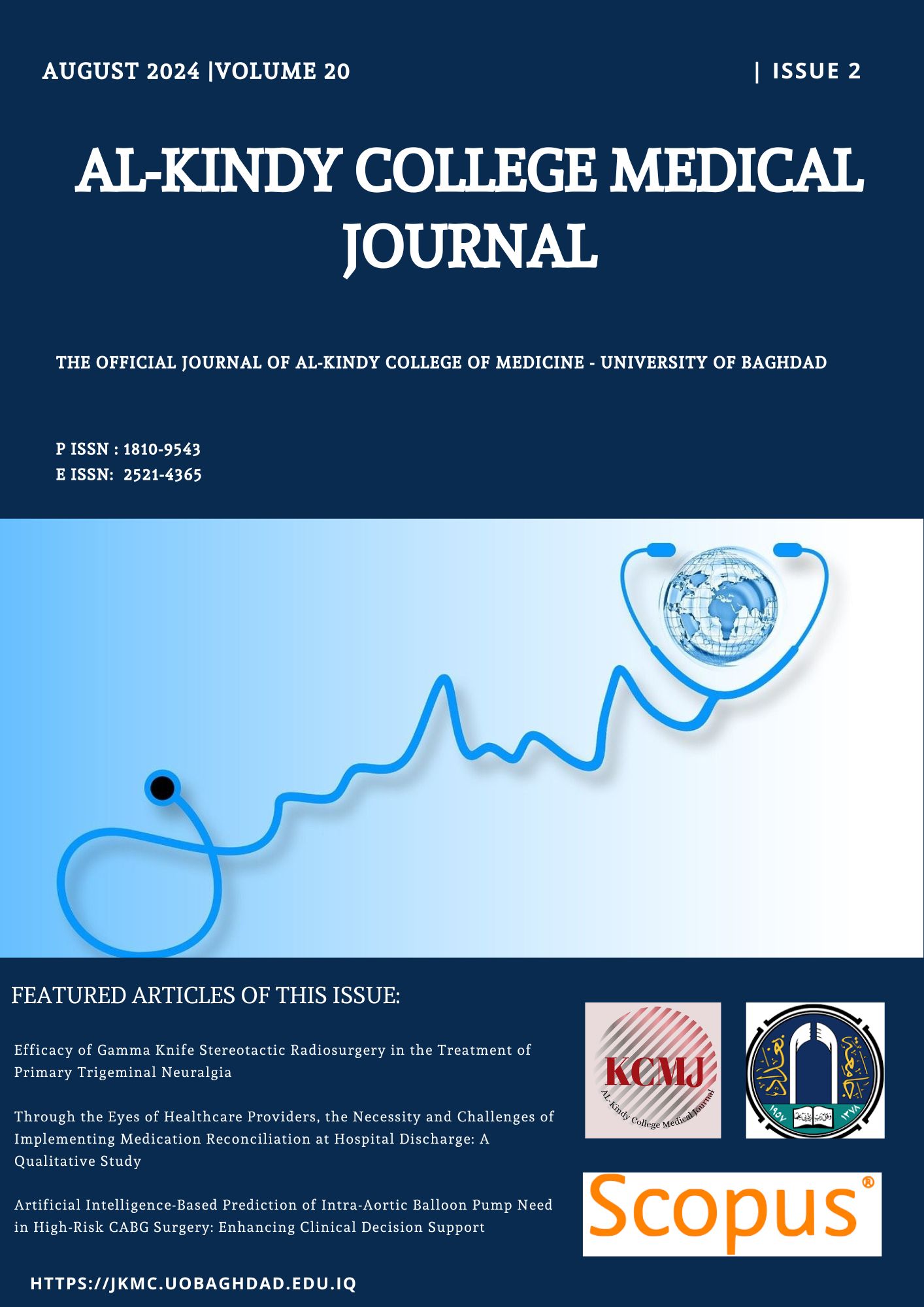Analyzing Superoxide Dismutase as A Molecular Signal Transducer that is Beneficial for Health during Physical Exercise: A Systematic Review
DOI:
https://doi.org/10.47723/rxr2gb93Keywords:
Physical Exercise, Antioxidant, Oxidative stress, HealthAbstract
Physical activity has been considered as one factor that increases oxidative stress. However, the body's natural reaction to exercise might provide more contribution to increase the levels of endogenous antioxidants, including superoxide dismutase. This study aimed to determine how exercise affects the increase in superoxide dismutase enzyme. To reach the objective, the study traced a number of journal databases, including Embase, Pub med, Web of Science, Science Direct, and Scopus. The study considered a number of factors, especially studies that investigated antioxidants, physical activity, and superoxide dismutase. In addition, the studies must have been published within the last five years. Only articles published in non-reputable journals were excluded from our study. A total of 1,026 papers were located using Embase, Web of Science, Pub med, Science Direct, and Scopus databases. About ten carefully selected and peer-reviewed papers addressed the need for this systemic change. Systematic Preferred Reporting and Meta-analysis (PRISMA) items were used in the creation of the standard operating procedures of the investigation. The findings of the systemic analysis showed that exercise has been shown to increase superoxide dismutase levels. The presence of ROS during exercise is what causes the increase. Superoxide dismutase functions as an endogenous antioxidant to reduce free radical production. It is highly recommended to exercise to increase endogenous antioxidant levels which will improve health status. The limitation in this review is only discussing the effect of exercise on increasing SOD. For the next review, the effect of exercise on other endogenous antioxidants such as glutathione peroxidase and catalase can be studied in depth.
Downloads
Published
Issue
Section
License
Copyright (c) 2024 AL-Kindy College Medical Journal

This work is licensed under a Creative Commons Attribution 4.0 International License.














